Provenance of the Sandycove Atlas
As far as school usage is concerned the Atlas could be said to speak for itself. The Pyrrhic War marks on Plate 32 are the most systematically didactic. The map of Africa (Plate 5) also suggests a lesson in ancient history, with three marks in Egypt against Thebes, Luxor and Assuan. Palestine, part of Plate 22, has at least 24 individual marks, in a mixture of pencil and blue crayon, against many locations prominent in the Bible. New Zealand, Plate 26A, has eight towns and features marked, from Auckland in the north to Otago Harbour in the south.
Between them the ‘teachers marks’ cover three major themes of British education in the early twentieth century, Classics, Bible and Empire. If anything, the surprise is that there are not more of them. It is as if the Atlas was only in use for a short time. For example, it could have been introduced to the school in mid-April, at the start of the summer term, only to be spirited away by Joyce in late May so he could work on his project for a singing tour of English seaside resorts.
As for other aspects of provenance, the video makes clear that Eamonn Buckley, the bookseller, who sold Tim the Atlas, would have acquired it within a fairly restricted area to the south-east of Dublin. “I’d say,’ he remarks, ‘Oh yes that’s definitely, that’s definitely come from the Dun Laoghaire area.’ I don’t travel around the country.”
And David Norris, a Joycean author among many other things, agrees that an Imperial Globe Atlas could fit very well with the ethos of the real-life Clifton School. “Because isn’t it just the sort of atlas that Mr. Deasy would choose for his . . .”, I was saying before David picked up the line of thought – “School? Might be, yes. What is the Englishman’s boast? That ‘on his empire, the sun never sets.’
Behind the claim that Joyce used the Sandycove Atlas there has to be a real-life Clifton School, with a real-life imperialistic headmaster, Francis Irwin, and a real life Atlas. The provenance of the Atlas shows that all these elements are in place. No-one can claim that it is impossible for James Joyce to have used the Atlas.
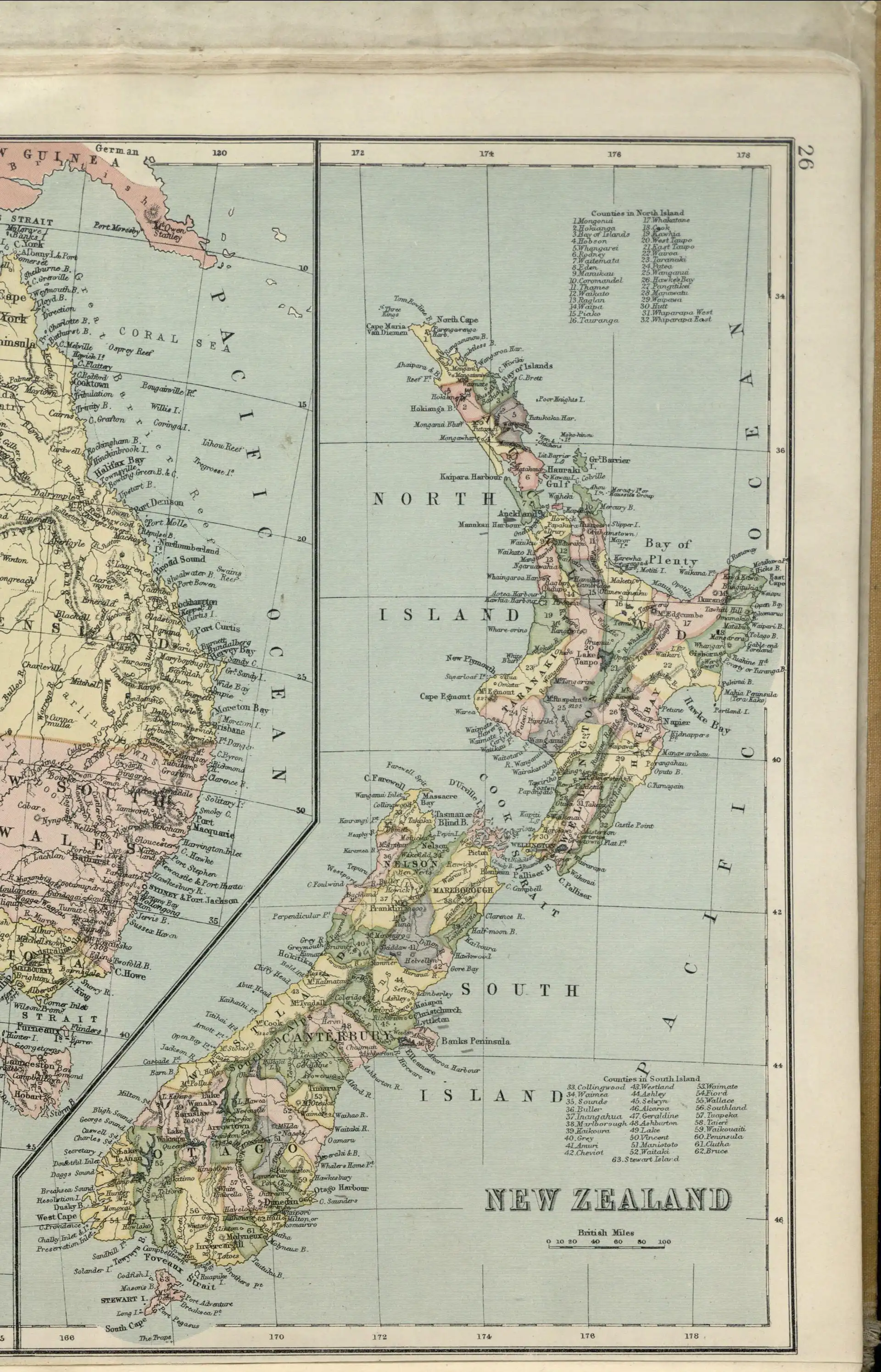
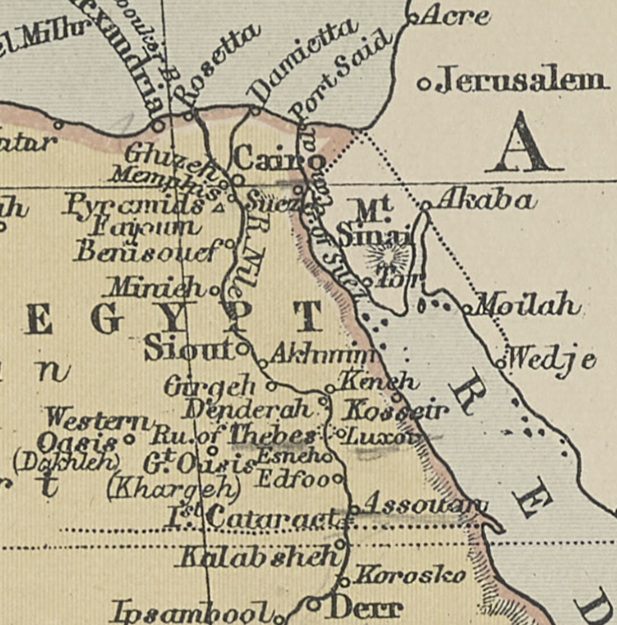
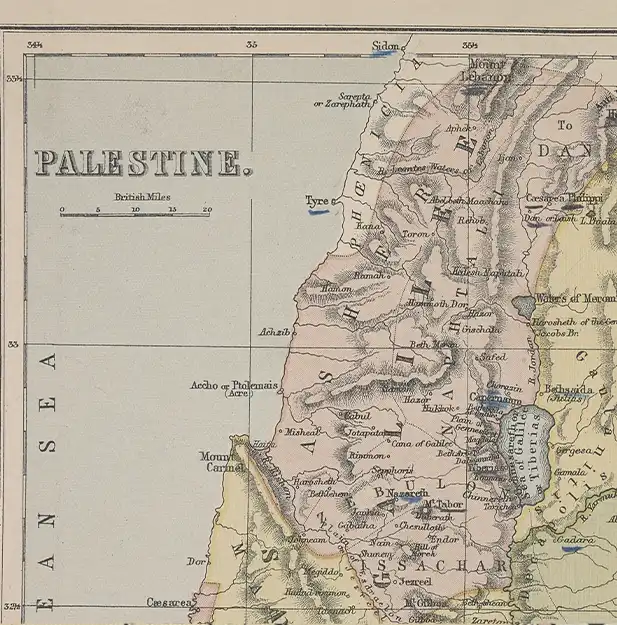
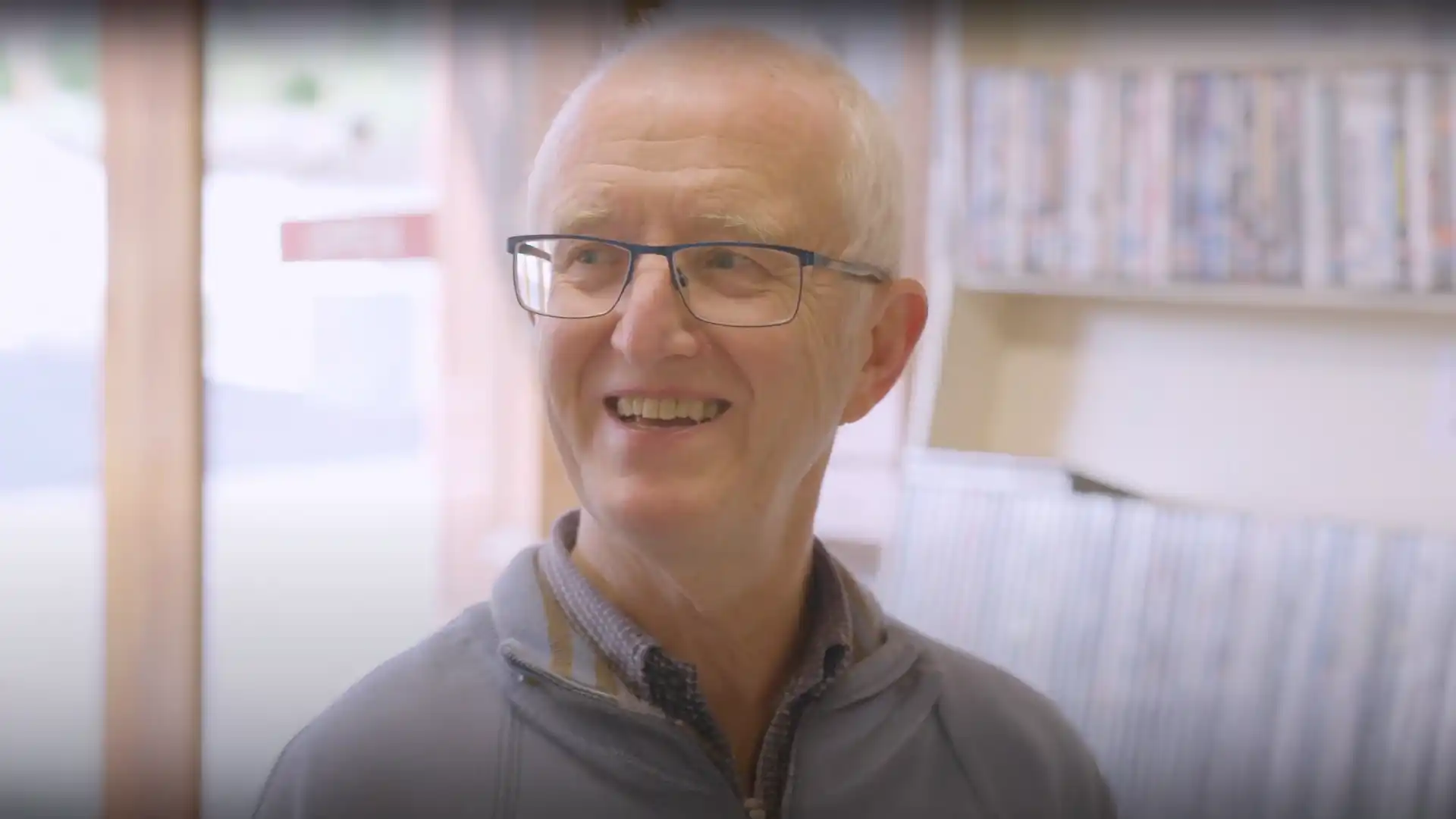
Eamonn Buckley, Bookseller
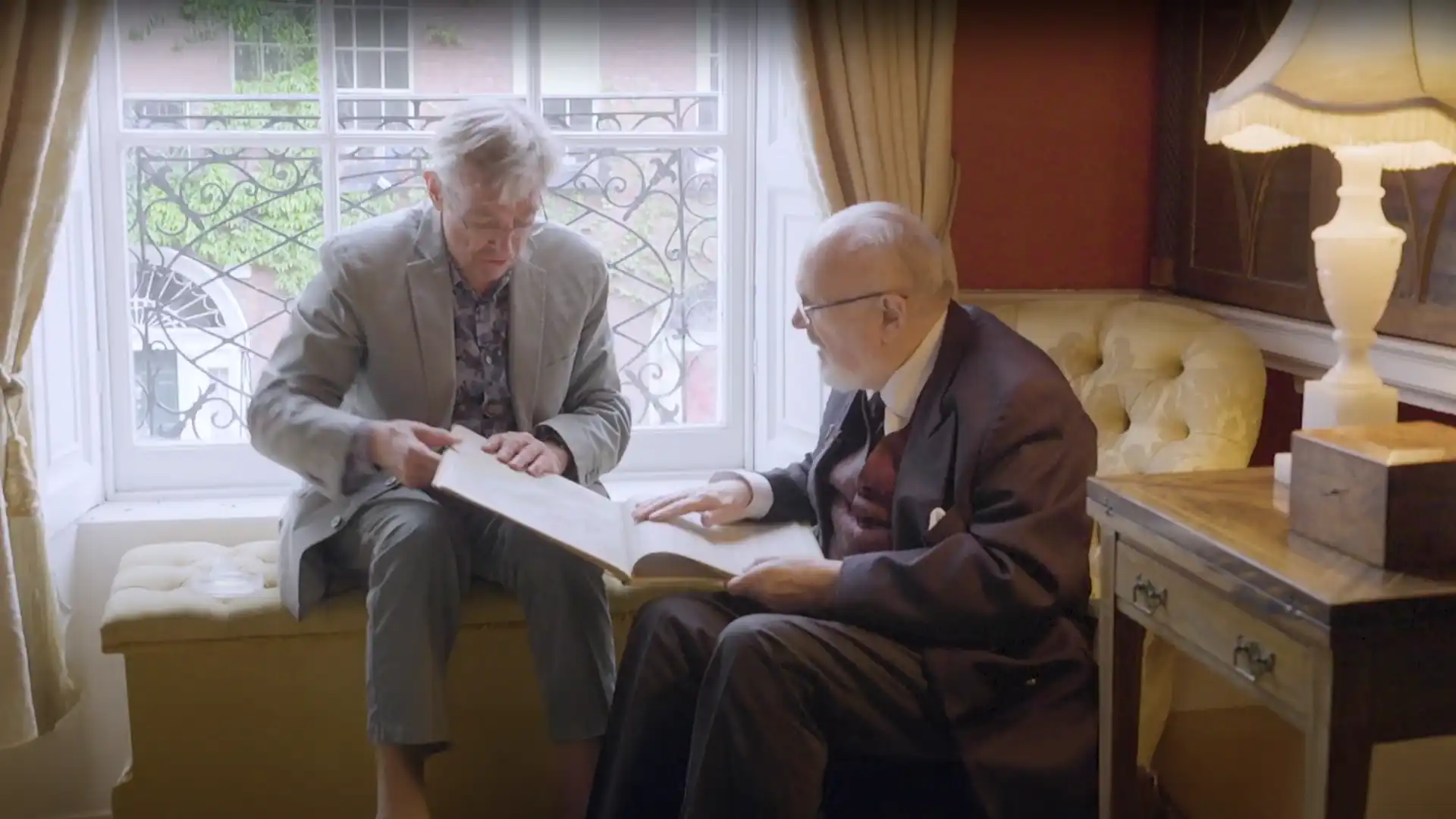
From L to R: Tim Johnson, the Atlas, David Norris